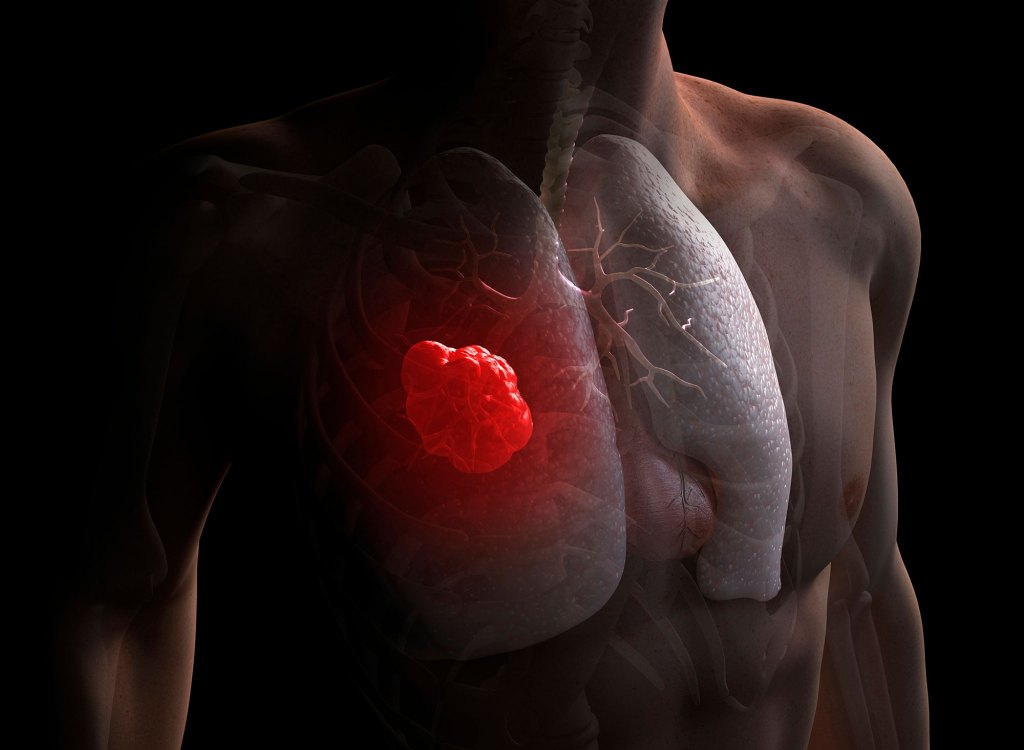Using a new 3D cell culture system, researchers at Academia Sinica, National Yang Ming Chiao Tung University, National Taiwan University Hospital, and National Taiwan University, have shown how blocking the activity of fibroblasts can help to treat lung cancer. The team’s studies found that efficacy of the anticancer drug cisplatin was increased when treatment was combined with the antifibrotic drug nintedanib. Addition of nintedanib improved cisplatin’s effects on suppressing the growth of cancer-cell spheroids and the invasion of cancer cells. Analyses indicated that nintedanib therapy was linked to altered expression of fibroblast genes associated with cell adhesion, invasion, and ECM degradation.

“Our results suggest that the combination of nintedanib and cisplatin could be an effective treatment strategy for lung cancer by targeting both cancer cells and cancer-associated fibroblast activation surrounding the tumor,” said research lead Chau-Hwang Lee, PhD. at Academia Sinica, and National Yang Ming Chaio Tung University. The authors reported on their findings in APL Bioengineering, in a paper titled “A 3D culture system for evaluating the combined effects of cisplatin and anti-fibrotic drugs on the growth and invasion of lung cancer cells co-cultured with fibroblasts.”
Fibroblasts build and maintain the extracellular matrix (ECM), or physical scaffolding for cells, in the connective tissues within the body. It is believed that cancerous tumors can recruit nearby fibroblasts and use them to promote their own growth and invasion. This process, called cancer-associated fibroblast (CAF) activation, can also protect tumors from chemotherapy and make treatment difficult. “The extracellular matrix (ECM) surrounding a solid tumor plays important roles in tumor progression and therapeutic efficacy,” the authors wrote. “In the tumor microenvironment (TME), cancer-associated fibroblasts (CAFs) facilitate the production of various cytokines in favor of cancer cell proliferation and metastasis. CAFs also alter the ECM’s properties and affect tumor progression and therapy resistance.”
Lee added, “Nearly 90% of late-stage lung cancer patient deaths are caused by the spread of tumors to other organs, rather than the primary tumor. Therefore, it is crucial to find ways to inhibit lung cancer metastasis to prolong the lives of lung cancer patients.”
Assessing the effects of changes to the ECM modulations on anticancer drug effects in vivo is challenging, however, the team noted. “Therefore, an in vitro model with a satisfactory predictive capacity is highly desirable for evaluating the efficacy of antitumor therapies.”
To simulate the tumor microenvironment and mimic real tissues, the team co-cultured lung cancer cells and fibroblasts in a 3D matrix comprised of Matrigel and fibrin, which simulated the tissue microenvironment around a solid tumor. In this 3D environment the cancer cells formed spheroids, around which the fibroblasts were randomly distributed.
The researchers tested the effects on the cancer cells of treatment using cisplatin (CDDP) with and without two anti-fibrotic drugs, nintedanib (NTD) and pirfenidone (PFD). Measuring indicators of tumor growth and invasiveness, they found that nintedanib improved the anti-cancer efficacy of cisplatin. Pirfenidone did not show a similar effect.
“Our results suggest that the combination of nintedanib and cisplatin could be an effective treatment strategy for lung cancer by targeting both cancer cells and cancer-associated fibroblast activation surrounding the tumor,” said Lee.
The studies found that the antifibrotic drug changed the expression of certain fibroblast genes. “We identified the expression of four genes relevant to cell adhesion, invasion, or ECM degradation that were reduced by NTD but increased or unaffected by PFD,” the investigators wrote. And while further studies will be needed to look more closely at the signalling pathways of proteins encoded by the genes under NTD or PFD treatment, the scientists noted, “RNA sequencing data suggest that the effects of NTD on CAFs could be more suppressive than PFD in terms of cell adhesion, invasion, or ECM degradation.”
Clinical and preclinical in vivo studies have previously indicated that NTD can improve the effects of certain anticancer drugs against lung cancers, the authors further noted. “The results of these clinical trials and the in vivo test are in agreement with that of our 3D co-culture experiments, supporting that NTD could improve the efficacy of anticancer drugs.”
The researchers believe that their 3D cell culture system will represent a valuable tool for assessing the efficacy of other drug combinations on tumor growth and invasion, and could feasibly eliminate the need for animal testing, while still reliably evaluating drug efficacy and safety. “This study could pave the way for the development of more effective treatment strategies for lung cancer and other solid tumors,” said Lee. “It is our hope that this study will introduce a new, promising tool for preclinical drug testing.”
The authors plan to study other types of cancers, such as liver and oral cancer, using the same system. “This fibrin/Matrigel co-culture system could be useful for evaluating the effects of drug combinations on various types of tumors related to tissue fibrosis, such as lung cancer, liver cancer, and oral cancer,” they concluded. “Further studies on drug-combination evaluations with patient-derived tissues cultured in fibrin/Matrigel are required.” The team also hope to improve the culture to better mimic the tumor microenvironment.